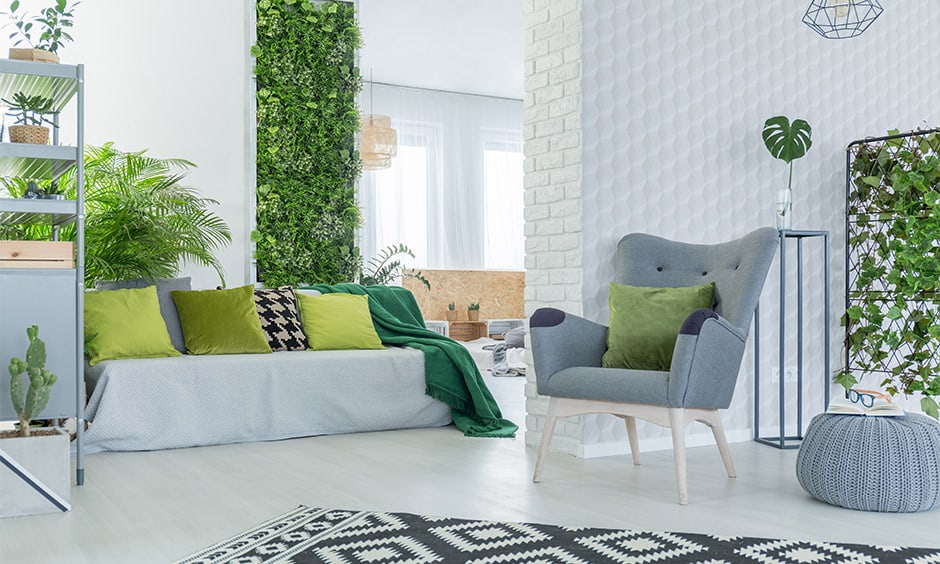Imagine if your home was as stunning as it was sustainable. Creating a beautiful space doesn’t have to come at the planet’s expense. In fact, eco-friendly home design proves that style and sustainability can go hand in hand. It’s not about giving up modern comforts, but rather making mindful choices—materials that endure, designs that inspire, and practices that reduce your environmental footprint.
1. Handmade Pieces with a Story
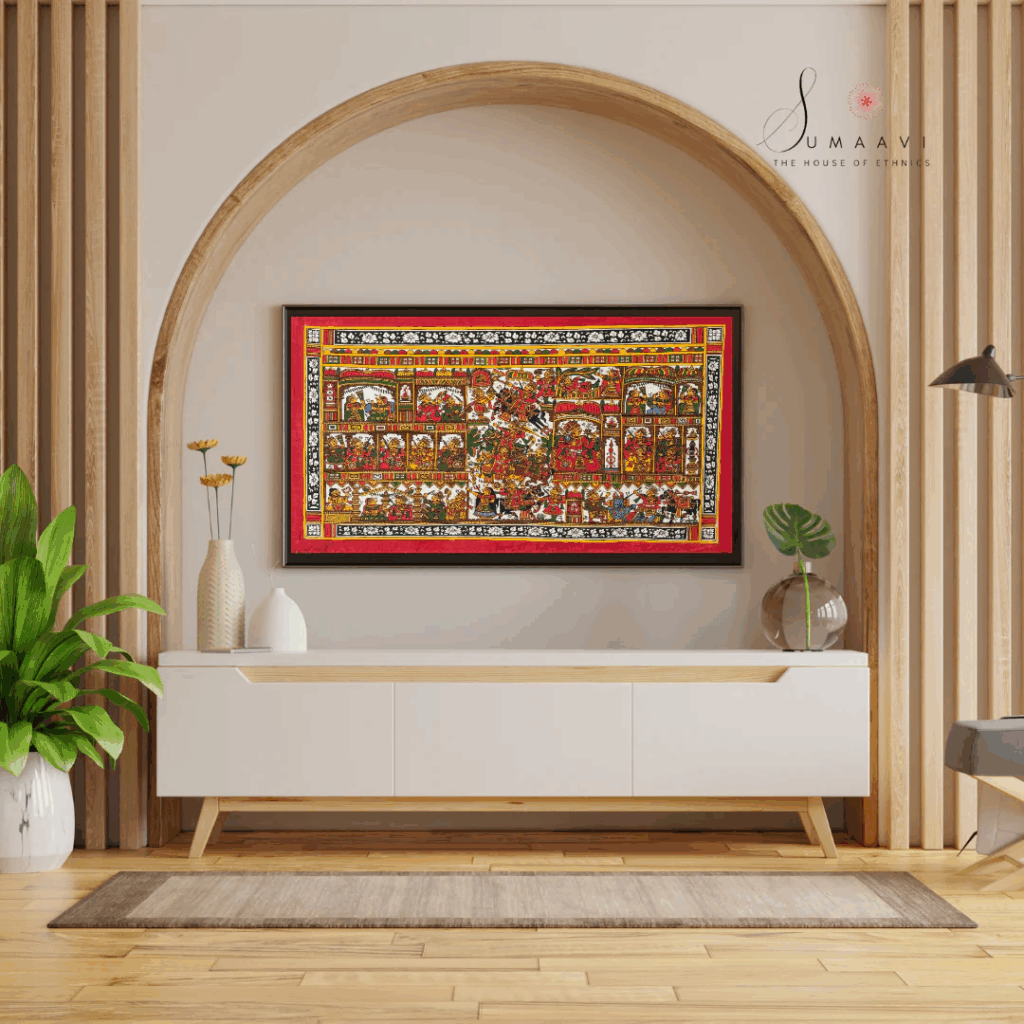
While mass-produced home decor has its value, handmade products carry a soul you simply can’t match. Envision a hand-formed ceramic bowl, a hand-woven rug dyed with natural pigments, or a wooden end table with chisel marks still visible. These aren’t mere pretty touches—these are heirlooms that keep traditions alive, put an artisan to work, and reduce your carbon footprint.
Try shopping local craft fairs or online stores like Etsy. You’ll discover artists working with reclaimed wood, plant dyes, and repurposed materials to create one-of-a-kind pieces that feel personalized for you.
Pro Tip: When you buy handmade, ask about materials. Seek out items such as FSC-certified wood, organic fabric, and recycled metals to make your purchase as sustainable as it is unique.
2. Secondhand, First Choice
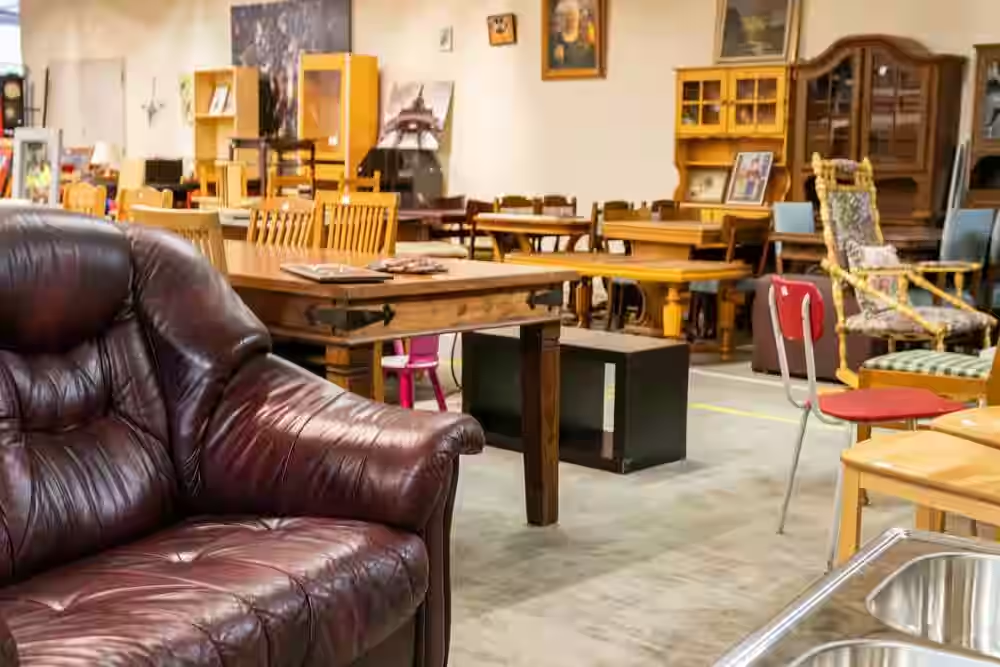
A secondhand table from a thrift store. A used dresser at an estate sale. A mid-century chair from an online site. By opting for secondhand, you bypass the emissions and waste of creating something new—and you earn the kind of quality that lasts decades.
Most older furniture was made to last, not merely to be fashionable for a season. With a bit of thought reupholstering or refinishing, you can give them new life without giving up on style.
Tip: If you’re vintage shopping, opt for solid wood frames over veneer. It’s more durable, more repairable, and can be refinished time after time.
3. Rent Instead of Own

If committing to a single look seems too permanent, furniture rental is an excellent option. Certain companies allow you to exchange out items as your tastes or needs shift, getting the most from furniture and generating less waste.
Renting is particularly good if you’re in a short-term location or testing before you invest in something that’s forever. Instead of buying on impulse, you can experiment with setups until you know they work.
Pro Tip: Opt for rental stores that refurbish and reuse their stock. It’s a easy way to reduce your environmental footprint even more.
4. Buy Mindfully, Choose Thoughtfully
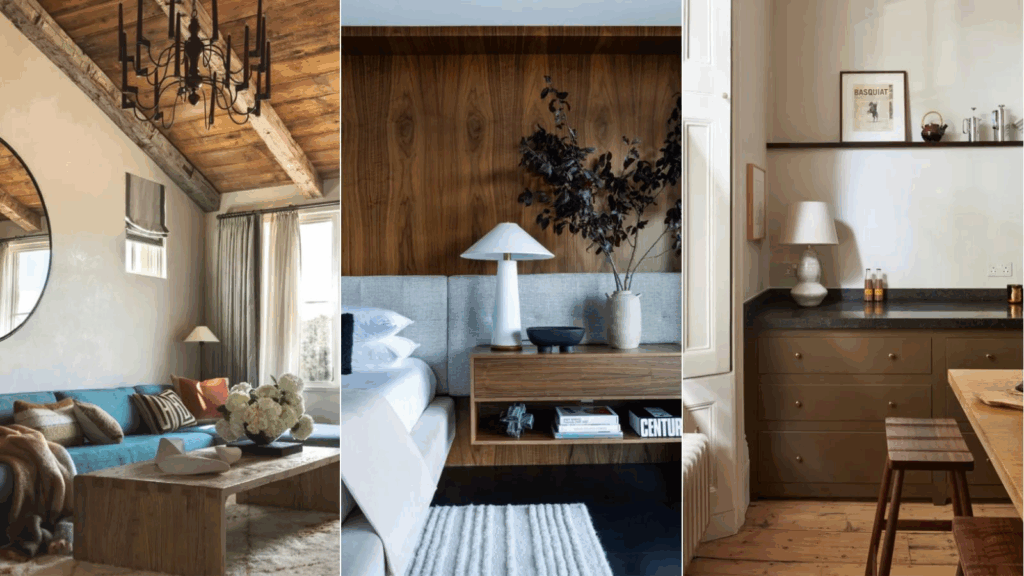
All you take into your house has a history–some greener than others. That stunning teak coffee table may have originated from illegal deforestation. The super-comfy sofa may be filled with synthetic foam that off-gasses toxic chemicals.
Certifications guide your better decisions. Such labels as FSC (Forest Stewardship Council) on wood, OEKO-TEX on textiles, and Greenguard on low-emission furniture assure that you’re investing in responsible sourcing and safer production.
Major retailers such as IKEA, West Elm, and Crate & Barrel all offer green collections, so sustainability need not seem niche or out of reach.
Pro Tip: If you’re buying upholstered furniture, pick natural latex foam instead of petroleum-based foam. It lasts longer and won’t off-gas toxins into your home.
5. DIY: The Power of a Makeover
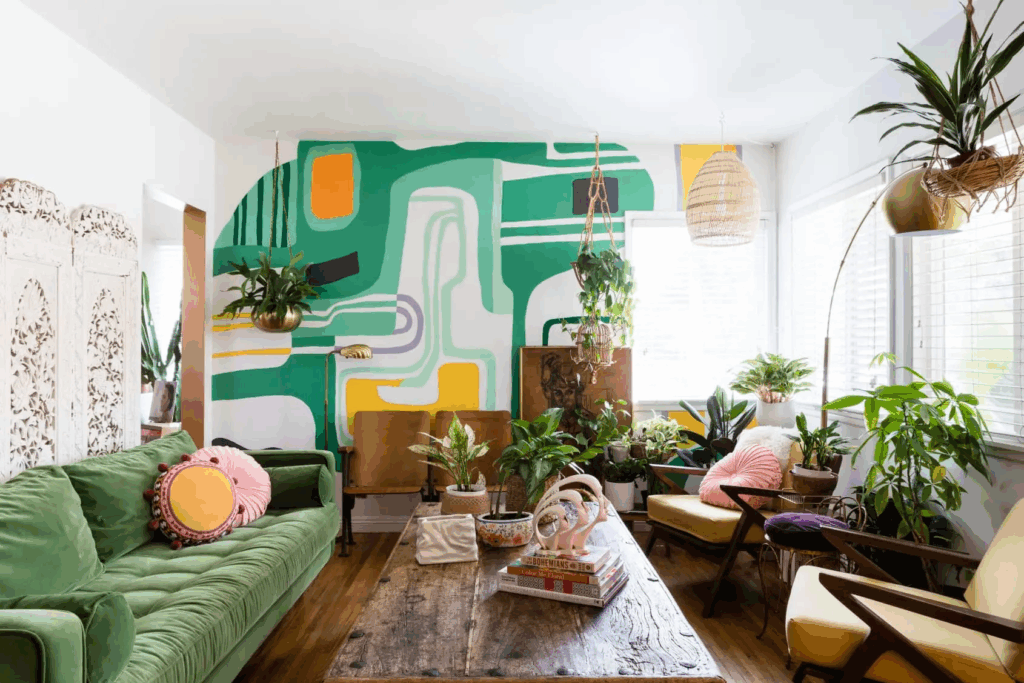
Not everything has to be replaced. A tired piece can be transformed with a little creativity and elbow grease. Repaint a dresser, swap out cabinet hardware, or reupholster a vintage chair to give it a whole new personality.
DIY projects don’t only save you from wastage—they allow you to make something that is uniquely yours. A matte green-painted table, chairs re-covered in linen, or an old ladder repurposed as a bookshelf brings character without requiring a single new buy.
Due to tutorials available online, even large scale projects seem manageable. With every salvage over discard, you are increasing the good you’re doing for the planet.
Also Read : Must-Have Eclectic Decor Tips to Pull Off the Look

